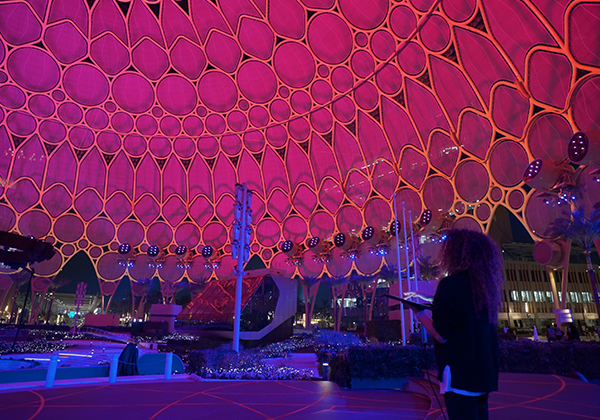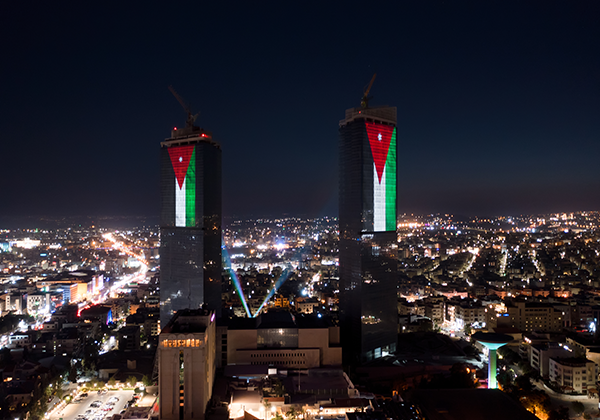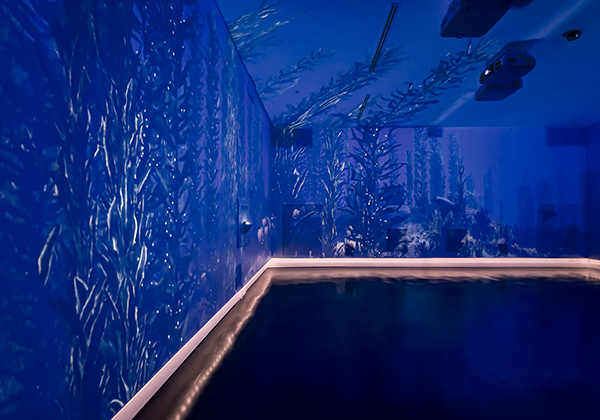
case study 2018 6 min read
Solo: A Star Wars Story
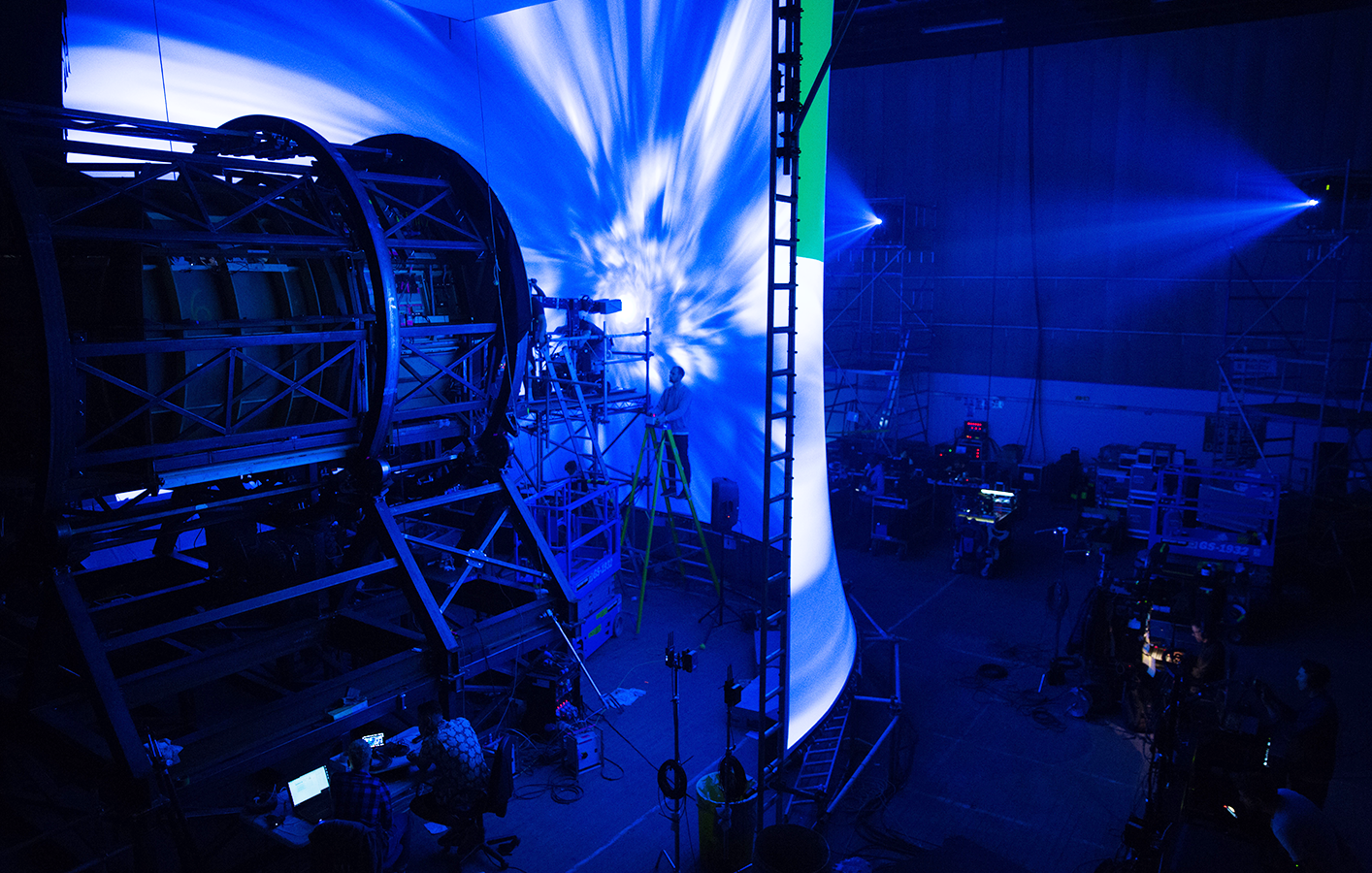
Solo: A Star Wars Story replaced green screens with canvas projection, LED walls and colour keying to represent “galaxies far, far away”.
disguise supported the extensive production playback with pro range and gx media servers, provided by Lux Machina.
Trying to out-invent the camera work, lighting, and film mastery created in the entire Star Wars franchise, let alone the inventive work from the original trilogy (Episodes 4, 5, and 6: A New Hope (1977), The Empire Strikes Back (1980) and Return of the Jedi (1983) has proven to be one of our industry’s most powerful challenges. Technically, Solo: A Star Wars Story not only tells the story of a young Han Solo and his journey but has continued to innovate some of the commonplace cinematic conventions, like green screens and chroma keying of the worlds in the background. Green screen work is expected in a movie that takes place in outer space, but Solo: A Star Wars Story takes the suspension of disbelief created from the background worlds to an entirely new technical level.
Instead of filming some of the scenes and color keying the heavens into the background, the heavens were projected onto canvases, and LED walls were used to make the best representation of the actual light an event would create, on actors and in reflected surfaces. This movie is visually stunning to an order of magnitude of mastery. In addition to the work, the visual samurai at Lucasfilm did to make Solo: A Star Wars Story, there’s a company in Los Angeles that has been innovating the way filmmakers are able to give life to the world in the background. Meet Lux Machina, and the idea of extremely high definition projected backgrounds and LED wall-induced environmental lighting.
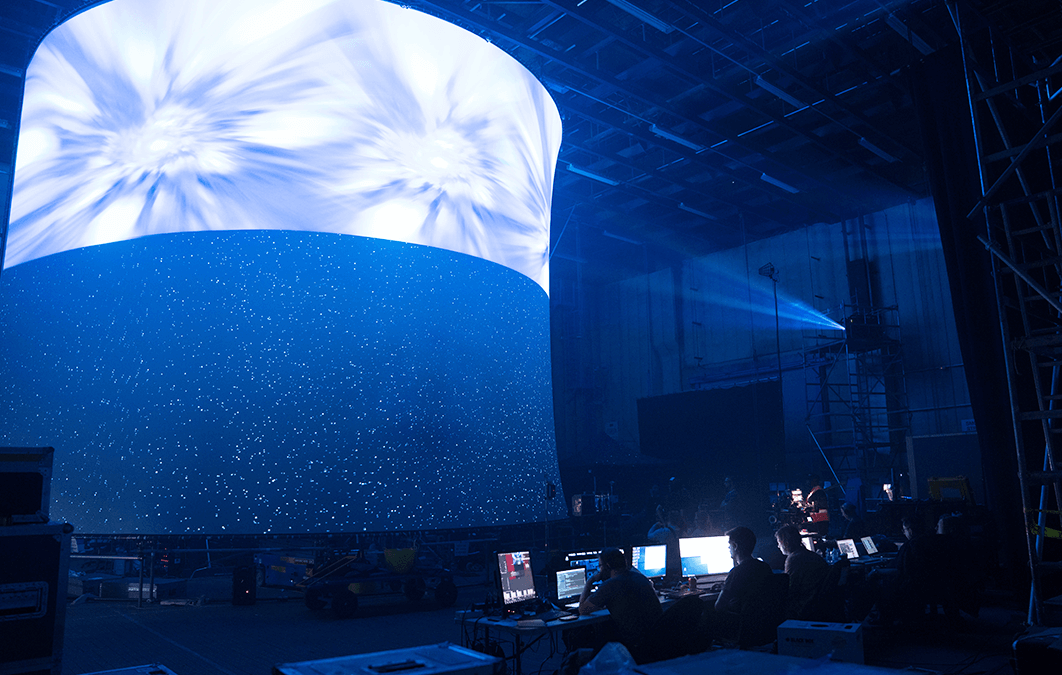
John Wilson / Lucasfilm (c) 2018 Lucasfilm Ltd. All Rights Reserved.
“We’ve got a pretty close relationship with Lucasfilm, so we’ve been working on R&D stuff for quite a while, and in the process of doing so, we were invited into Rogue One and then into Solo. For Solo, the original goal was doing really large format projection setup for a “space yacht,” you could call it — and in doing that, the rest of the group, and in particular, visual effects supervisor Rob Bredow, also wanted to explore the possibility of replacing the projection with the LED work they were doing for the cockpit and other spaceship work. We ended up setting up a projection rig to also handle the Falcon cockpit.” explains Phil Galler of Lux Machina.
“We also did some interactive LED lighting, surrounding a vehicle or set with some low-res LED and driving some plates through it, and getting the interactive lighting from that setup. We also did that for the Falcon, all of the speeder work, and a handful of other ships like that. The main three key sets were the Speeder chase and the LEDs, the large projections for the space yacht, and the high-res projection and camera work on the Falcon.”
Phil continues, “There was a point when the production rewrote part of the script, and they had to go back and get dialogue, so we replicated the lighting from the projection on LED screens that we had already hung to do the speeder work. The LEDs are never in camera, it’s just the interactive lighting work from the screens themselves.”
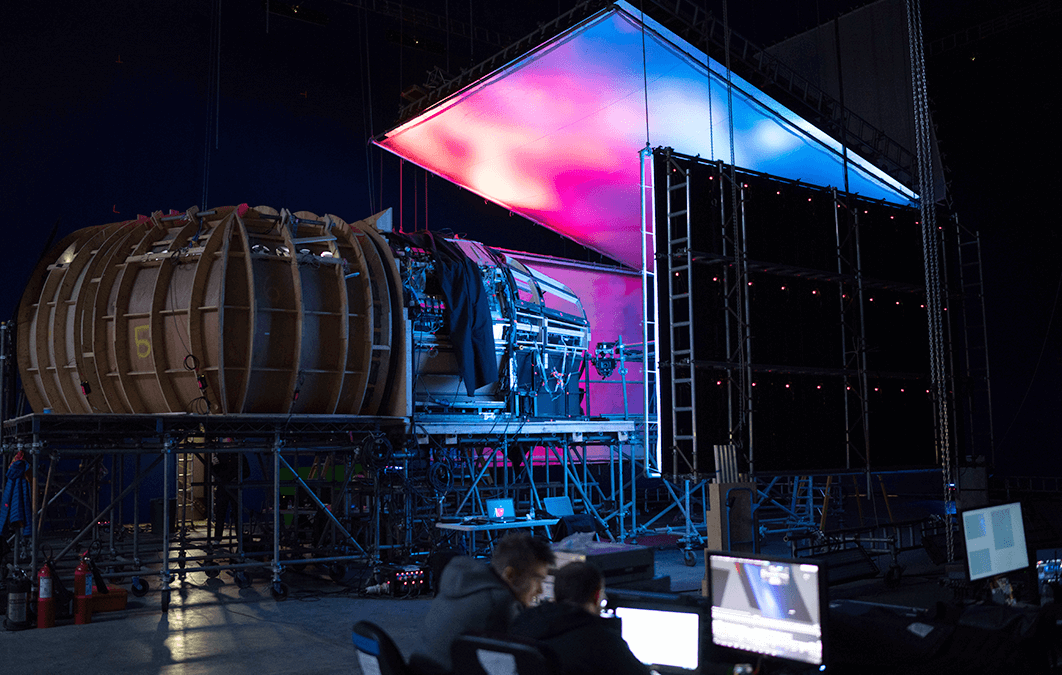
John Wilson / Lucasfilm (c) 2018 Lucasfilm Ltd. All Rights Reserved.
“The ultimate goal of the projections was to get really crisp high-res reflections and lighting but to also capture all of that in-camera, which is why we went with the projections. It’s so difficult to pull a green screen off of an LED wall at the quality level ILM needs. If you punch in an LED wall when you are using a very high-resolution camera, like a 6K camera, for example, you can still see the pixels of the wall, even if you’re 40 feet away. If you’re trying to do any kind of rotoscope work around anything with frizzy hair on a LED wall, it’s incredibly difficult. So, we headed back to projection. We actually had 4K projection for the Falcon cockpit work.”
“I think the general feedback is that when the technology is in sync with the cameras, when it is all programmed correctly, and when all the complex boxes are checked, it looks great. It works really well, the lighting is phenomenal, and it’s something they wouldn’t be able to get or do with the green screen process. Also, the immersion for the actors is significantly better than anything that has come before it. Take the Falcon cockpit scene, for example, it’s surrounded by a 180-degree screen, 11 feet from the front of the cockpit, and it encapsulated the entire cockpit. When you were sitting inside there and it goes to hyperspace, that’s all you saw — there was no break from the immersion. It was almost like being on a ride. Because of that, it’s a lot easier for the actor to be able to tell a story because they feel like they are in the place they’re supposed to be in, surrounded by the environment in which the story they’re telling exists” explains Phil.
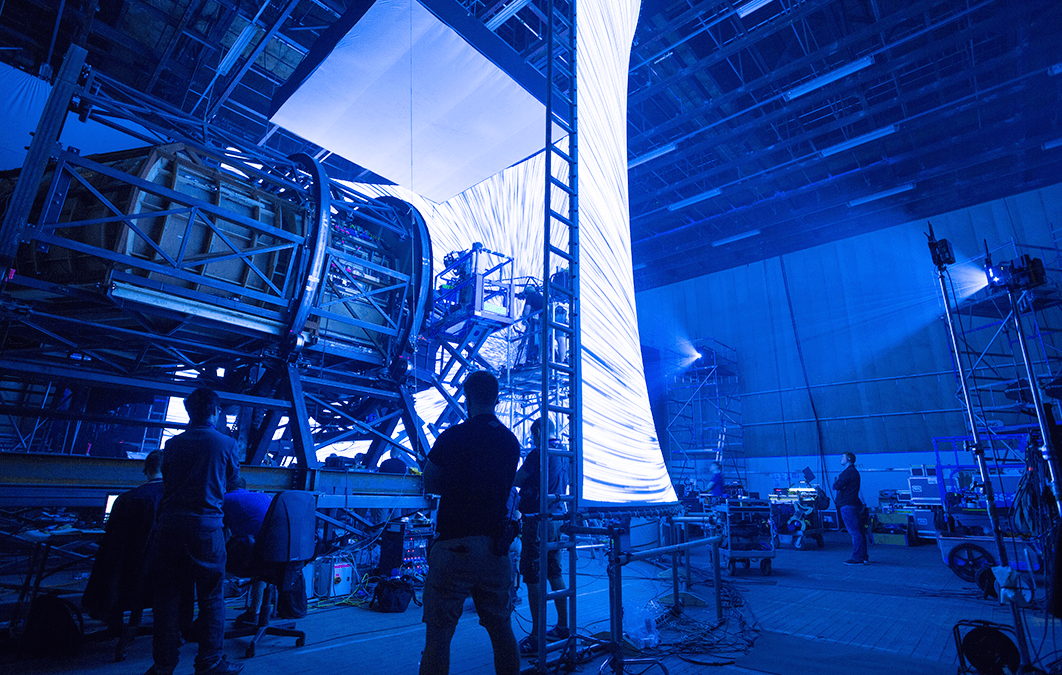
John Wilson / Lucasfilm (c) 2018 Lucasfilm Ltd. All Rights Reserved.
“Our projectors and lead projectionists came from Sweetwater, but the LED came from VER UK. Projectors were a considerably larger part of the overall production budget for us than the LED wall was. The project used all brand new Panasonic 30K laser projectors, and we provided the servers. We worked directly with Industrial Light and Magic, and provided everything from developing content templates, designing the screens, previsualisation of the screens, and then working with the actual production side with respect to getting labour, installation, and getting everything in place. We came in with two or three people, two programmers, and a few project managers. It was quite an undertaking, and the work really paid off in the visual fidelity — totally worth it. Our use of disguise media servers played a large part in the playback side of the production. We used quite a few disguise 4x4pros and gx 2s, TouchDesigner and Notch, to build some really nifty real-time controls, and we got a lot of support from disguise and their team along the way.”
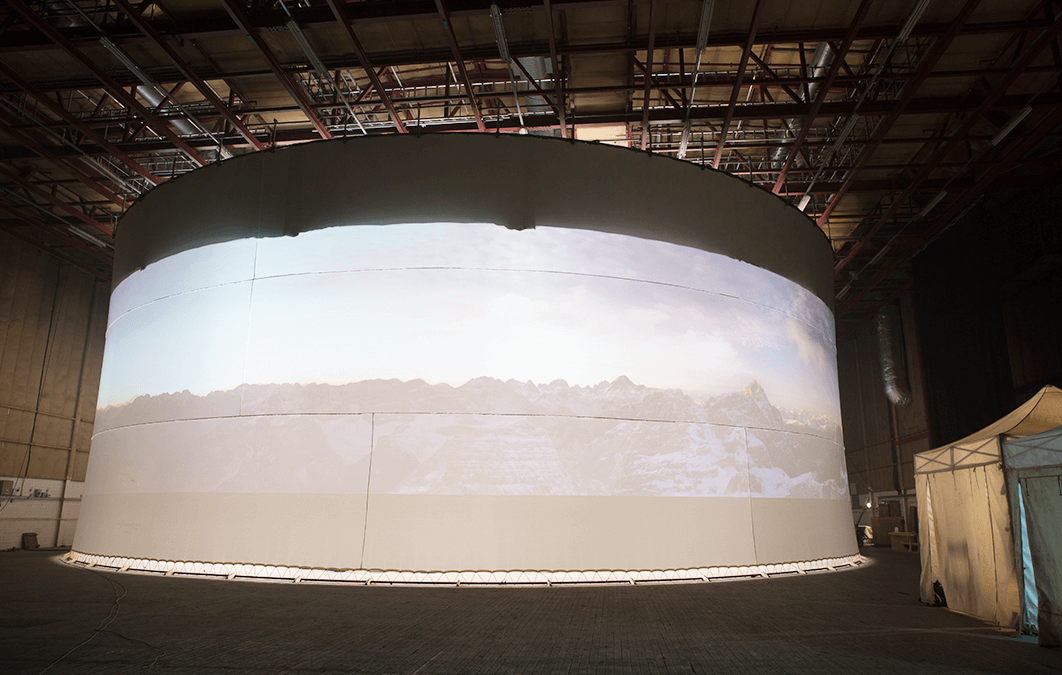
John Wilson / Lucasfilm (c) 2018 Lucasfilm Ltd. All Rights Reserved.
“We had about six weeks of shooting for the Space Yacht main floor and study, and a week turnaround where we took everything out for the refit of the Space Yacht’s study and reconfigured the screen — about 275 feet, and we used 11 projectors for that setup. While all of that was going on, about six continuous weeks of shooting, we also set up LED wall on one of the other stages to get interactive lighting shots on weather days or for the speeder chase scenes. We used a lot of projectors on this project, at least 40 — 30 Panasonic 30K laser projectors for the main scenes, and ten or so for the closer quarters scenes.”
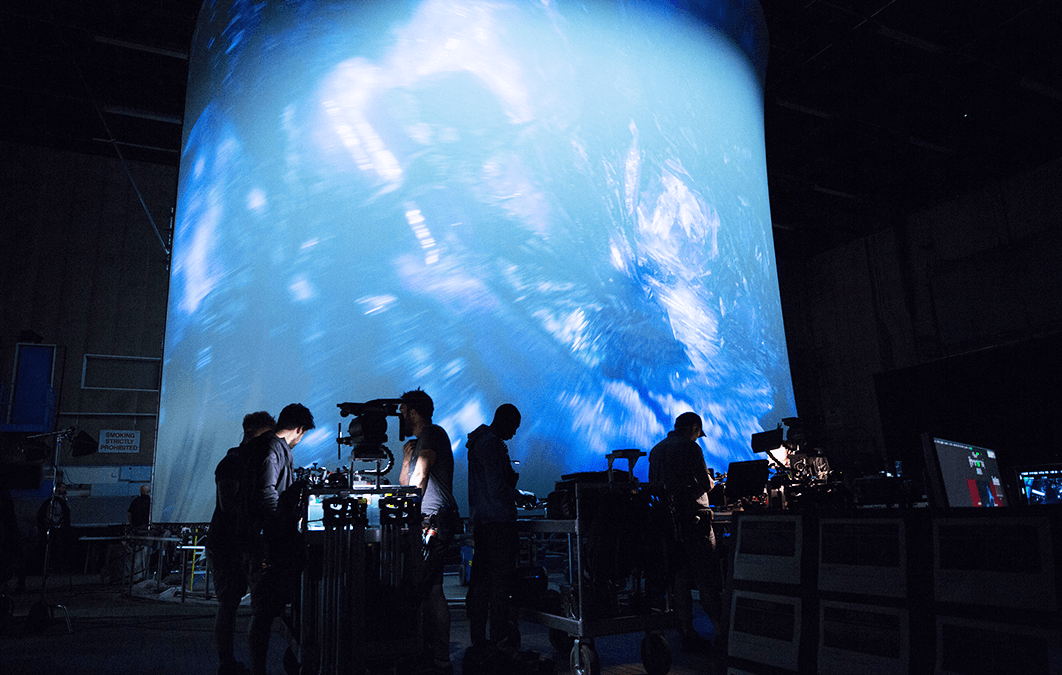
John Wilson / Lucasfilm (c) 2018 Lucasfilm Ltd. All Rights Reserved.
Equipment
Credits
- VFX Immersive Environments Consulting Designers and Crew Design and Execution
Lux Machina Consulting
- VFX Media Server Project Managers
Philip Galler, Zach Alexander, Wyatt Bartel
- VFX Media Server Programmers
Jason Davis, Kris Murray, Jake Alexander
- Sweetwater Lead Projectionists
Jason Riggen, Jim Gold
- Projectionists
Kevin Evans, Dan Croft
- Sweetwater Accounts/President
Ron Drews
- Lead VER (PRG) LED Tech
John “JR” Richardson
- VER (PRG) Accounts
Ellie Johnson, Jonny Hunt
- Main Image
- John Wilson / Lucasfilm(c) 2018 Lucasfilm Ltd. All Rights Reserved.
